Microseason Forecast for Feb 14 - 18 ~ Notes from the Japanese Almanac
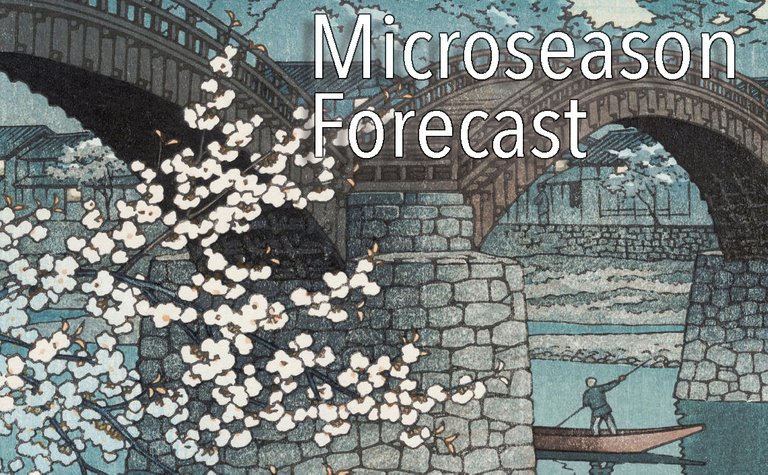
Tomorrow begins a new microseason! I’m posting this a day early because I’ll be posting my poetry review post for Blockchain Poets tomorrow. Anyway, if this is your first time joining us, scroll down past the forecast to read about what exactly a microseason is. For the rest of you, let’s jump in!
The Current Solar Term: Risshun
The current solar term (節気, sekki) is Risshun (立春), the 1st solar term, which means Beginning of Spring. We are two thirds in! It started Feb 4th. We covered it last time so go read there if you want more info.
Risshun lasts until Feb 18th.
The Current Microseason: Fish Jump Up From the Ice
Tomorrow, Feb 14th, begins 魚上氷, the 3rd microseason (候, kō) which is read uo kōri o noboru[1] and means Fish Jump Up From the Ice. This is the third microseason of Risshun, which is itself the 1st solar term of spring.
The rivers and lakes continue to warm. Cracks are starting to appear in the ice, and the fish are beginning to jump. We continue to get closer to comfortable weather.
Around now is also when people start to get their dolls out for the Girl’s Day celebration. More on this in a bit.
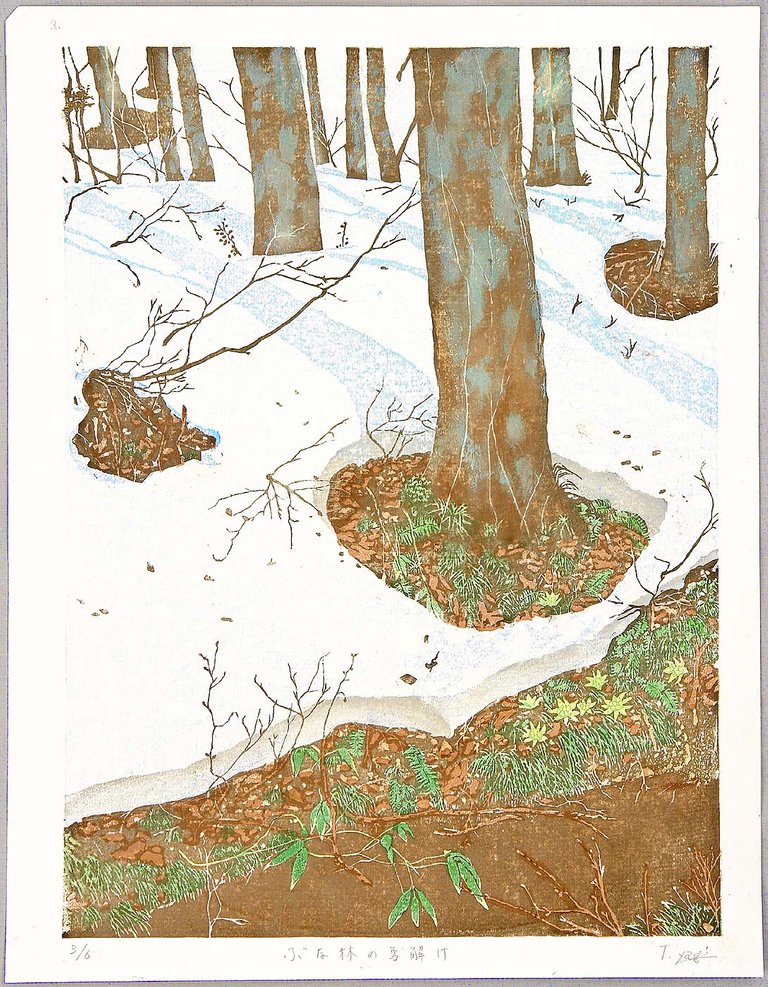
Seasonal Vegetable: Takana
Takana (高菜) is a kind of leaf mustard that came from China around 700–800 AD. The leaves of this plant are quite large. It can be used for stir-fri or pickled. You can also see it in rice balls sold in the store. This is a great snack! Takana is packed with antioxidants, fiber, vitamin K, and it also helps control our LDL cholesterol. It tastes good too!
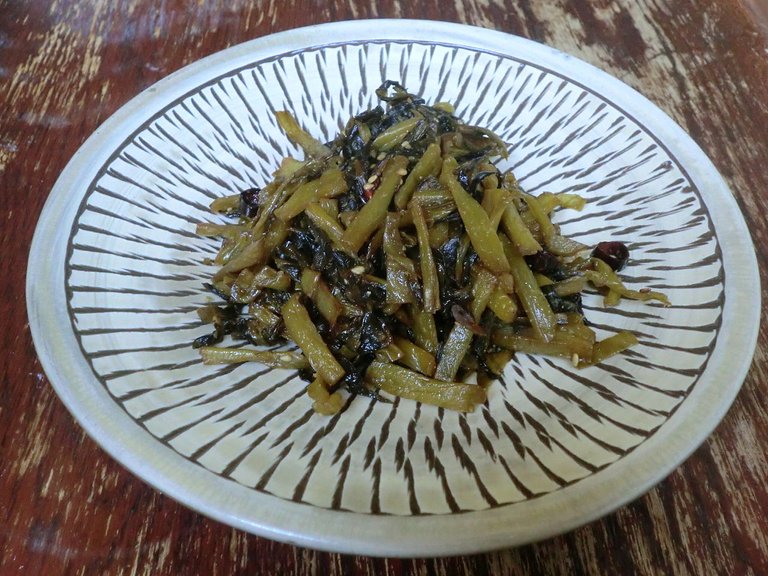
Seasonal Festival: Girl’s Day
I’ll do a sepreate post about Girl’s Day when we get closer to the actual event, but let’s take a brief look right now.
Girl’s day (or Doll festival, 雛祭り) is a festival on March 3rd where people display Heian dolls and do other events for girls and for wishing girls a happy future.
There are a lot of superstitions about these dolls. People will generally start setting up the doll displays around now and will keep them up until the day itself, after which they have to immediately be put away or bad luck may result. The dolls and displays are beautiful!
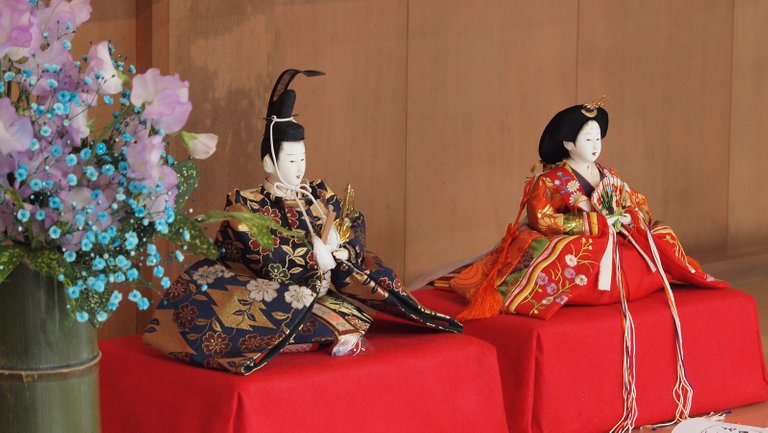
Here is a haiku for this microseason:
sumizumi ni nokoru samusa ya ume no hana
coldness remains—
plum blossoms
—Buson
As mentioned last time, the beloved plum blossoms are blooming now. They typically start blooming when it is still pretty cold, even snowing, but they signal spring is on the way.
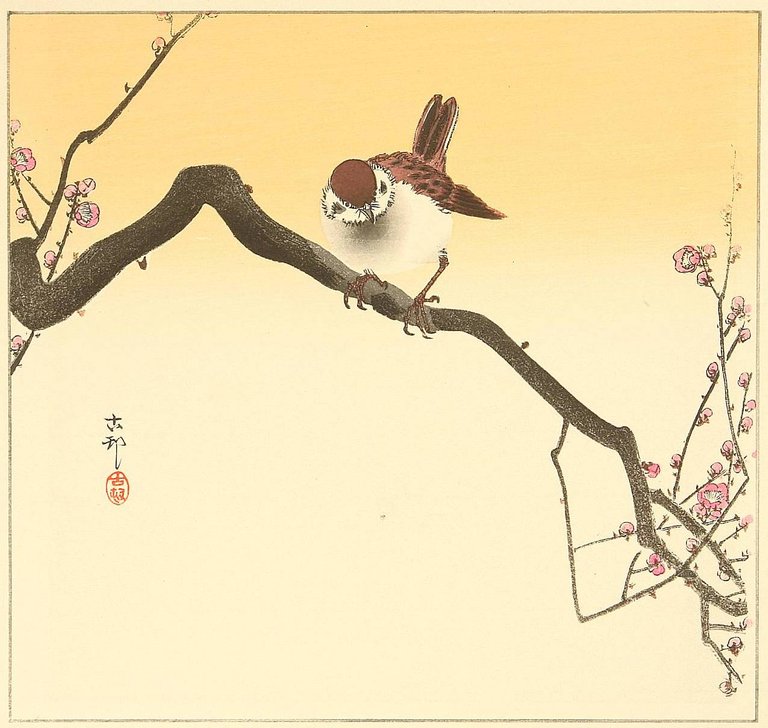
Will move this info to another post one of these days, but for now, briefly:
- Each month has two seasons, called solar terms (節気, sekki), giving us a total of 24 seasons. This gives the system its name, the 24 Sekki (二十四節気). I usually refer to this entire system as The Japanese Almanac. It is more than a little similar to the American Farmer’s Almanac.
- Each of these 24 seasons is further subdivided three more times, giving us a grand total of 72 seasons, or microseasons (候, kō).
- Each microseason is about 5 days. With time periods so short, they can get pretty specific about what in nature we might expect to be happening around now.
- The system was originally from China, but it was reformatted during the Edo Era (1603–1868) to fit better with Japan’s climate. I find it also fits fairly well with much of the Midwest in the Eastern half of the US. But if you live in a different area, your milage may vary.
- The entire system is based on the equinoxes and solstices, so it is fluid and the exact dates will vary by a day or two from year to year. Luckily there are a great many Japanese sources that do the astrological computations for us and tell us exactly when each one starts and ends every year.
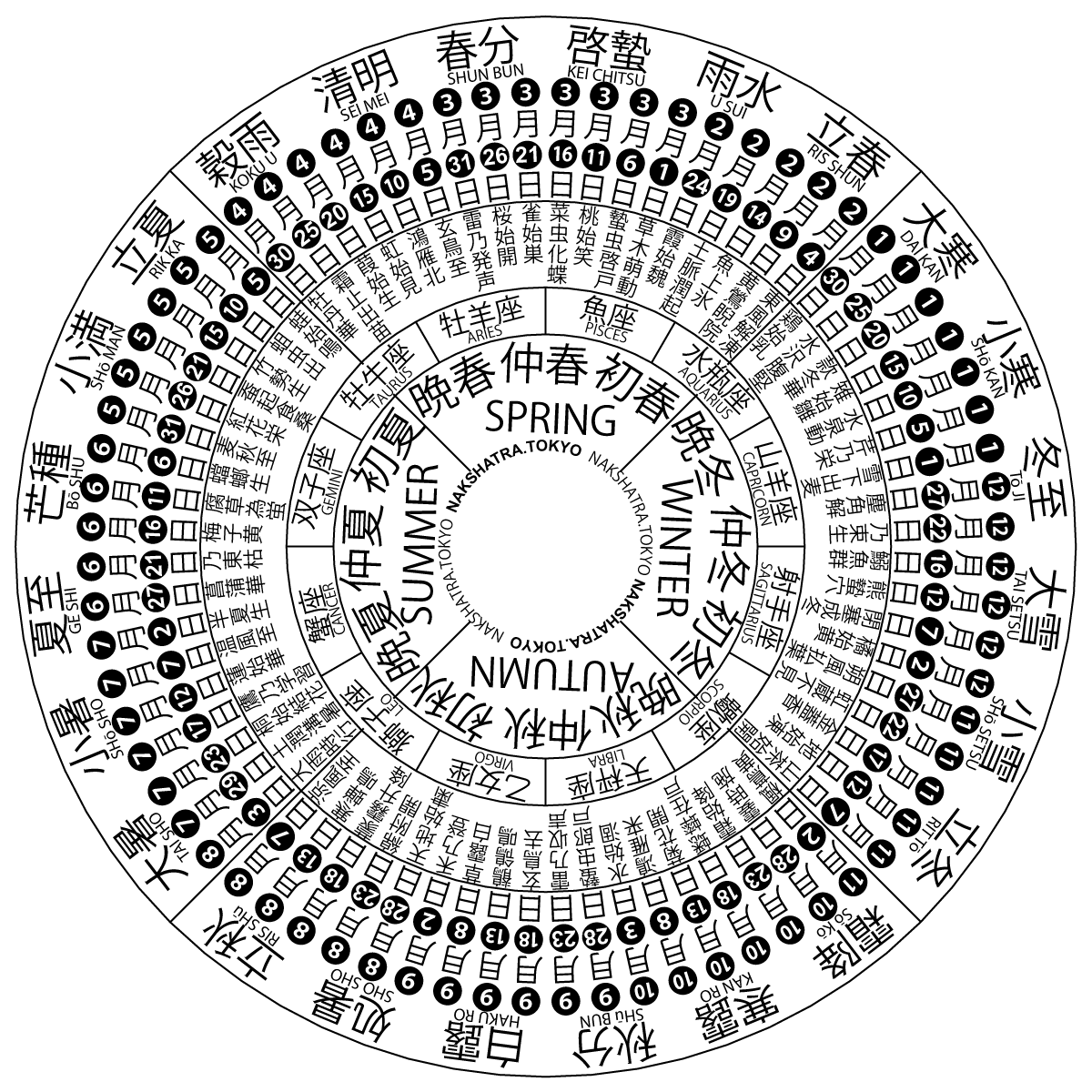
The next microseason starts on Feb 19th. See you then for the next forecast!
Electronic-terrorism, voice to skull and neuro monitoring on Hive and Steem. You can ignore this, but your going to wish you didnt soon. This is happening whether you believe it or not. https://ecency.com/fyrstikken/@fairandbalanced/i-am-the-only-motherfucker-on-the-internet-pointing-to-a-direct-source-for-voice-to-skull-electronic-terrorism